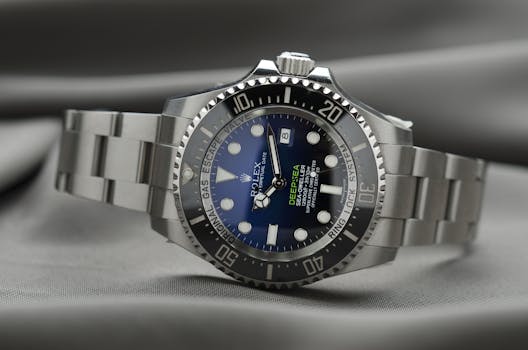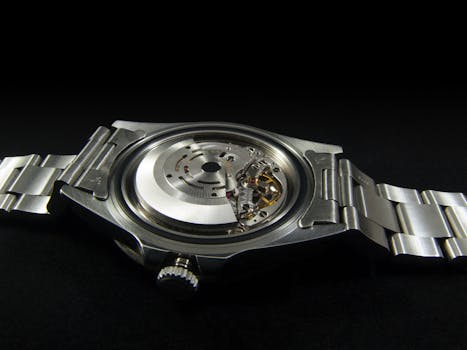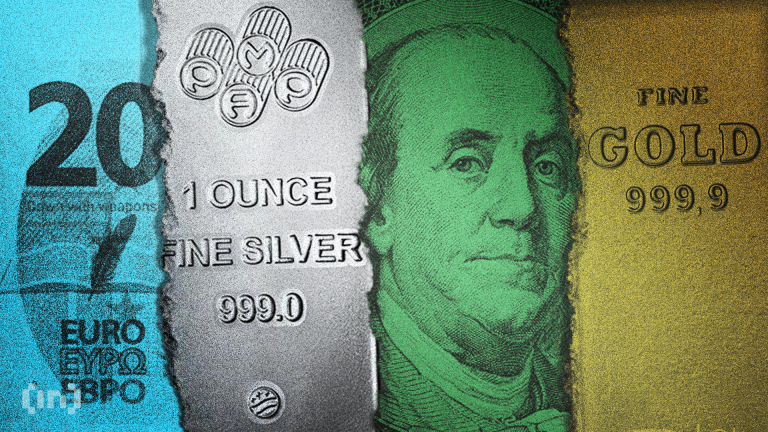
The Art of Time: Exploring the Role of Design in Luxury Watchmaking
Takeaways: Design is not merely an aesthetic choice in luxury watchmaking; it is a fundamental aspect that influences brand perception, functionality, and the emotional connection between the watch and its owner. From the choice of materials to the intricacies of dial design, every detail matters in the world of high-end horology.
Luxury watchmaking is an intricate fusion of art and engineering, where every component is meticulously crafted to create a masterpiece that transcends time. The role of design in this realm extends far beyond mere aesthetics; it embodies the essence of craftsmanship, heritage, and innovation. In this article, we will delve into how design influences luxury watchmaking, shaping not just the timepieces themselves but also the perceptions and experiences of collectors and enthusiasts.
The Importance of Aesthetic Appeal

Luxury watch brands often draw inspiration from various sources, including art, architecture, nature, and even historical events. For instance, the use of iconic motifs or unique shapes can set a watch apart, lending it an individuality that speaks to its wearer. Moreover, the choice of materials—such as precious metals, exotic leather, and innovative ceramics—enhances the overall design while reinforcing the watch’s luxury status.
Color plays a vital role in watch design, too. The palette chosen for a timepiece can evoke specific emotions and convey messages about the brand’s heritage and personality. For example, classic colors like black and gold exude sophistication and timelessness, while brighter hues can attract a more adventurous clientele. The interplay of light and shadow on the watch face, often through intricate dial designs and finishes, adds depth and dynamism, making the watch not just a tool for telling time but a work of art.
Functionality Meets Design
While aesthetics are crucial, the functionality of a luxury watch is equally important. The design must not only be beautiful but also practical, ensuring that the watch serves its primary purpose—keeping accurate time. This balance between form and function is a hallmark of luxury watchmaking.
Consider the layout of the watch dial. The arrangement of hour markers, hands, and complications (such as chronographs or moon phases) must be intuitive and easy to read. Designers strive to create a harmonious balance where the beauty of the watch does not compromise its usability. This is evident in the designs of brands like Rolex and Patek Philippe, where intricate features are seamlessly integrated into an elegant aesthetic.
Additionally, the ergonomics of a watch—how it fits on the wrist and feels during wear—are crucial elements of design. Luxury watches often feature finely crafted cases that are not only visually appealing but also comfortable for the wearer. The selection of a bracelet or strap can further enhance this experience, with options ranging from leather to metal links, each contributing to the overall design narrative.
The Impact of Heritage and Brand Identity

For instance, brands like Audemars Piguet and Omega have created iconic designs that are instantly recognizable, thanks to their historical significance and innovative developments over the years. These brands often celebrate their legacies through limited editions that honor past models while integrating contemporary design techniques.
Furthermore, the storytelling aspect of design cannot be overlooked. Many luxury watch brands weave narratives around their timepieces, reflecting themes of exploration, innovation, and artistry. This narrative approach enhances the emotional connection between the watch and its owner, transforming a simple timekeeping device into a cherished heirloom.
As luxury watchmaking continues to evolve, the role of design remains paramount. It encompasses not just the visual appeal of a timepiece but also its functionality, brand identity, and the emotional resonance it creates with its wearer. In a world where technology is ever-advancing, the artistry of design ensures that luxury watches remain timeless treasures.






